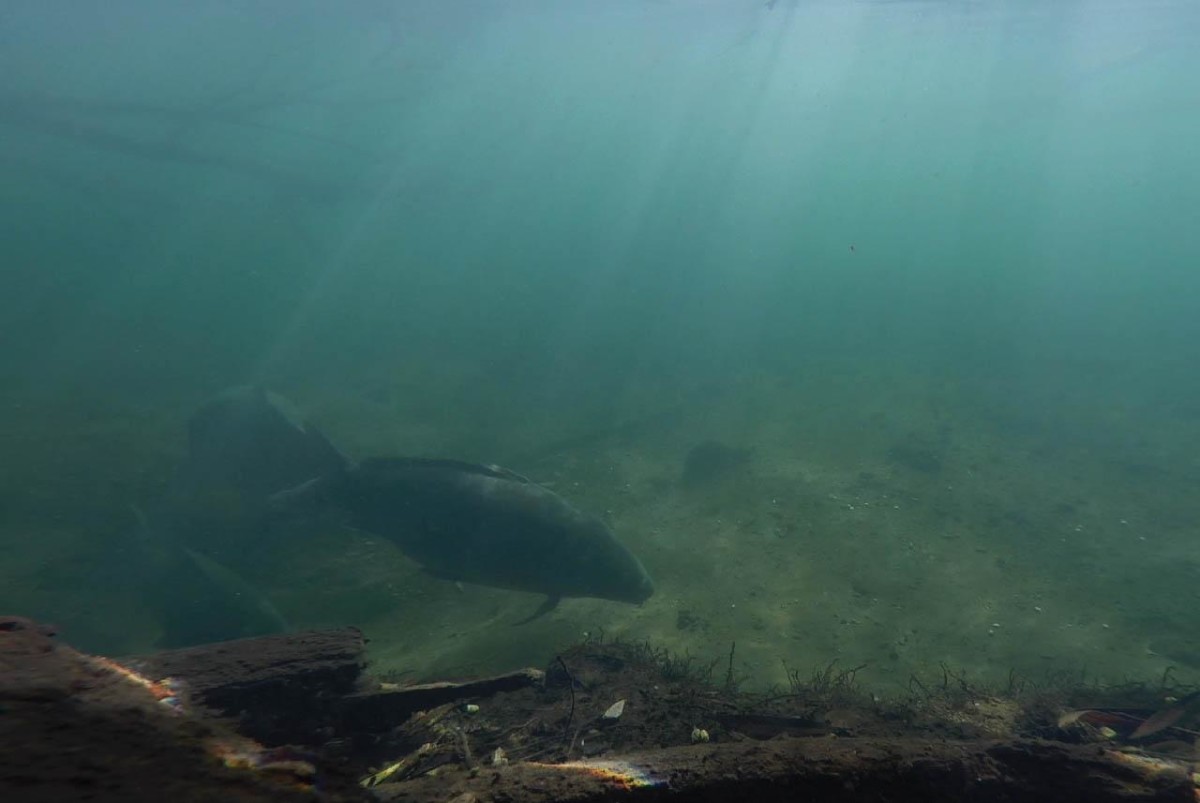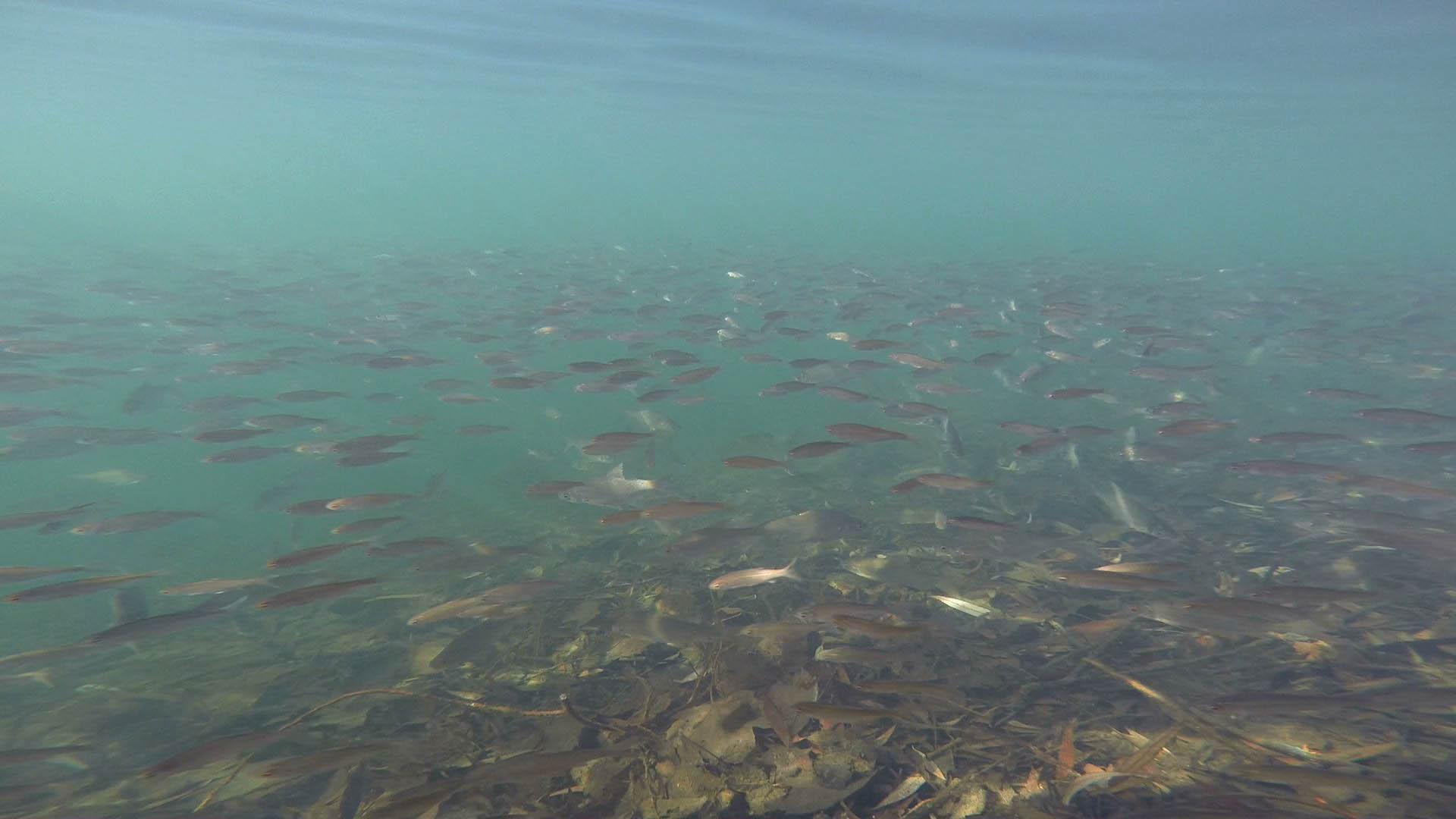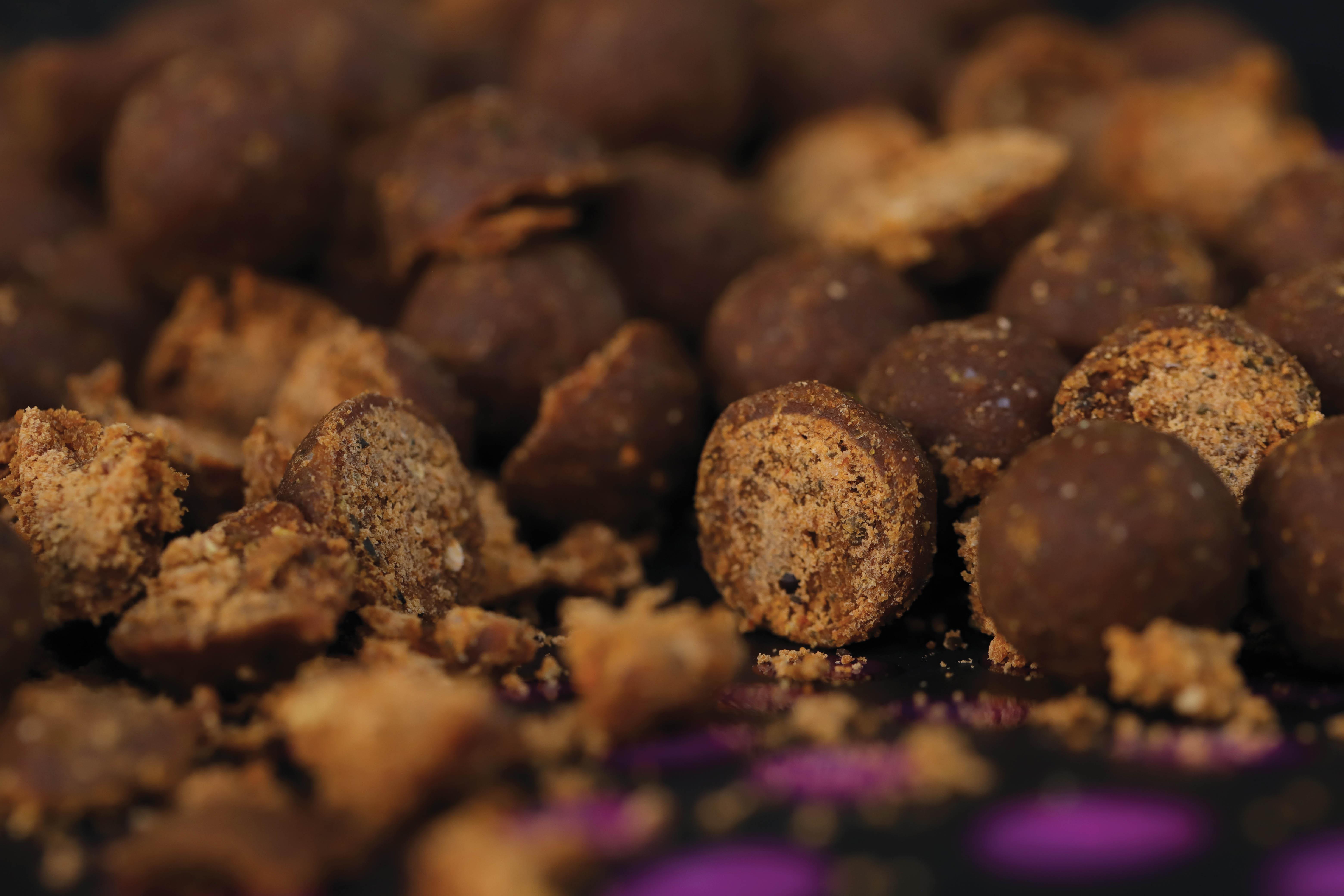
Winter Myths (Or Fact)?
We’ve all heard those 'winter rumours' but what’s the truth and what’s just hearsay? Let CARPology's panel of experts expel the real facts behind what carp get up to in the winter months...
1. STATEMENT: Some lakes have a thermocline, depending on depth. It’s assumed fish will not go below it due to lack of oxygen
Ben Hamilton writes: “Thermoclines really only occur on deeper lakes and can form at depths over 10ft deep, with that depth dependent upon factors such as sunshine, water clarity and the wind (which turns the water over and pushes the band down). During cold water conditions, the water is more saturated with oxygen, so the fish are not reacting to oxygen as they would in warm water conditions. They’re looking for ‘comfortable’ areas where the ambient temperature is a little warmer, and that means the upper layers (above the relatively cooler deeper water) but they’ll still occasionally drop down deep when conditions
are favourable.”
2. STATEMENT: Carp don’t move for days on end…
“As the temperatures fall, the carp’s metabolism slows down, meaning they do move less,” explains Lance Barton. “In extremely cold conditions, yes, carp can go days without moving, often settling in a more comfortable area of the lake, sheltered from the elements. However, for the most part, the carp will move, particularly up and down the water columns whilst trying to find the most comfortable, warmer thermal layer.”
3. STATEMENT: Carp bury themselves in the silt and go to sleep…
“Having fished a wide variety of different lakes over the years, from shallow to deep, gravel, clay and silt bottoms, in my experience I’ve found the colder it gets, the more the carp tend to become lethargic but seek out shallower/warmer water,” states George Benos. “I really don’t think that, on the majority of lakes, the carp just bury themselves in silt and go to sleep. I’ve caught plenty of carp covered in leeches during the colder months, which may lead us to believe they have been sleeping, but this is just simply due to their slower movements that allow them to attach to the carp move easily, rather than an indication
of dormancy?”
4. STATEMENT: If you continue to feed heavily, the carp will keep moving and eating
In my opinion—and through my experiences—yes, they will keep actively searching for bait during the colder months,” types Marcus Howarth. “And with continuous feeding, you will often keep the results coming. Obviously the lake will dictate certain things, for instance, bigger (or deeper) pits take longer for the water to cool down, and conversely, little, shallow lakes will take a lot less time to become cooler. Fish will react to temperature trends, but as it stabilises after a drop they will acclimatise and search out a food source.
“Angling pressure and boating activities will also keep the carp moving around. Whilst a carp’s metabolism decreases significantly through the winter months, and they are nowhere near as nomadic as in the summertime, with steady baiting you can keep the carp actively searching for food.”

5. STATEMENT: They only eat fruit-flavoured baits in the winter
Chris Whitehorn (aka Jester) says: “I’ve done equally as well on baits soaked in fish-based flavours, such as Monster Crab, as I have fruit-based flavours such as Tutti Frutti in the winter. It’s more about the pH and the solubility of a flavour that I feel makes certain flavoured hookbaits stand out from the crowd when it comes to cold water success.”
6. STATEMENT: A carp’s eyesight deteriorates in colder water
“With carp being cold-blooded creatures, their whole metabolism will be affected by a change in water temperature,” explains Sticky Baits’ Steve Metcalfe. “With this in mind, one thing that has always stuck with me is how reduced their eyesight is in the colder months. For this reason, I always use the brightest and strongest tasting pop-ups I can—Mulbz are a perfect example of this.”
7. STATEMENT: Carp will only feed in short periods at exactly the same time each day
“Historic and anecdotal evidence links winter carp behaviour with very defined feeding times—but in my experience this varies broadly through the winter period, depending upon water temperatures, predominant weather conditions, light levels and angling pressure,” reveals John Cash.
“If a carp population is acting naturally, they will feasibly follow patterns for portions of the winter, perhaps including regular visits to certain spots or features at certain times of the day. However, if the population is shifted through intense angling pressure on a winter hotspot, then they may end up in a completely separate section of the lake where the peak feeding conditions are optimal at a different time of the day or night. If you also take account of the arrival of weather fronts and keep your approach flexible (reacting to signs and sightings) then it’s always worth fishing as bite time can be almost any time.”
8. STATEMENT: Fishmeal baits clog a carp up
Andy McFarlane, aka ‘Breammachine’ from Sticky Baits, had this to say: “Fishmeal baits have come a long way since the early days, and it’s the throwback to the HNV revolution that this common misconception was born from. Modern ingredients are super refined and contain much more available energy sources, and as such, a fishmeal bait like The Krill would cause no ill effects to any winter carp.”
SPECIAL THANKS TO ROB HUGHES FOR THE USE OF HIS UNDERWATER PHOTOGRAPHY






